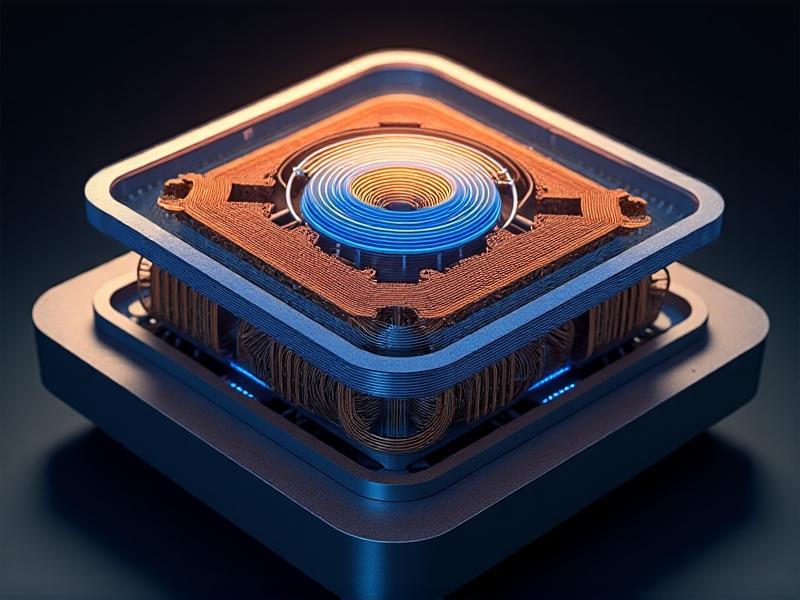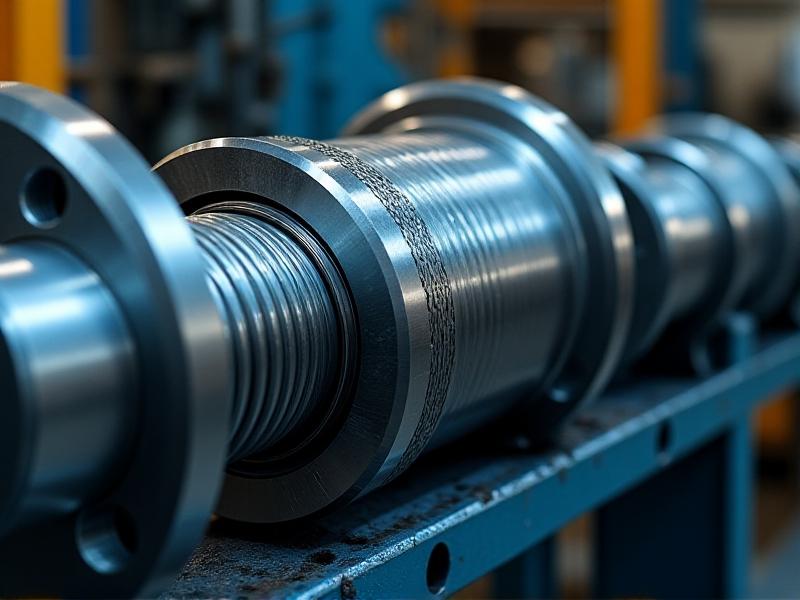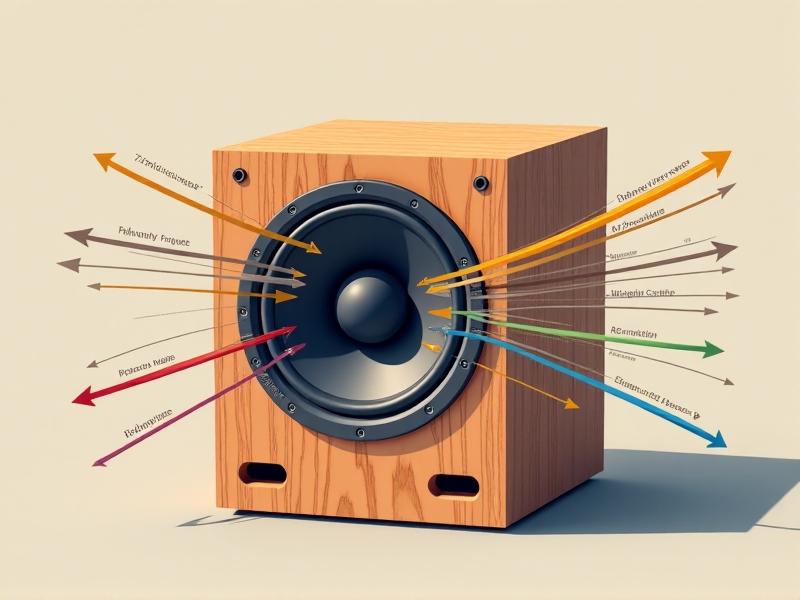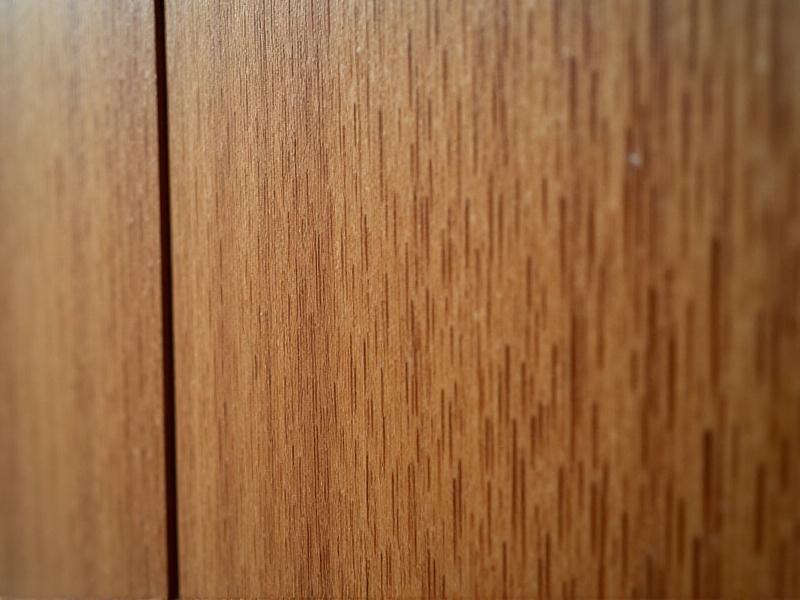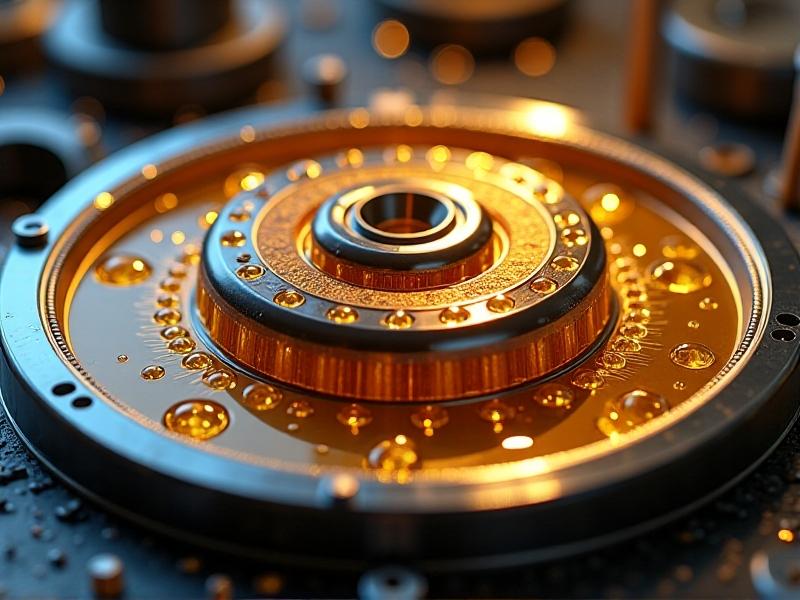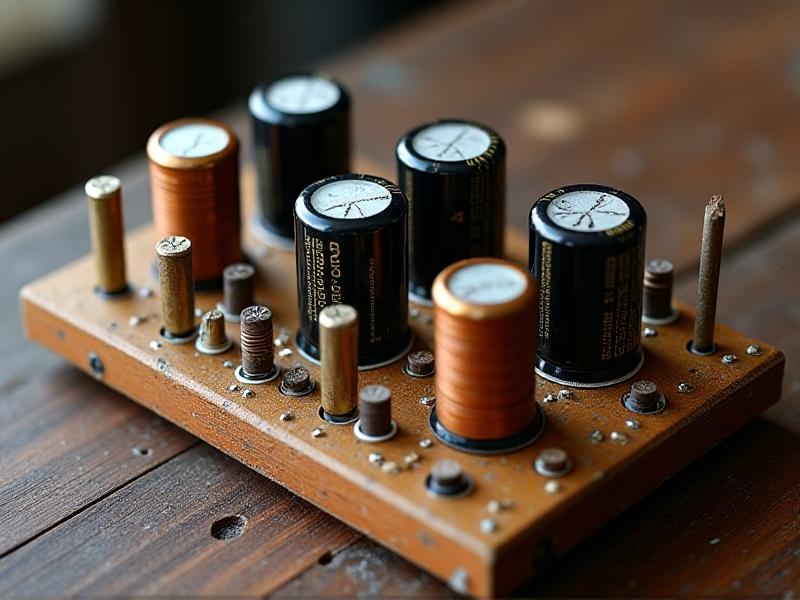Chassis Screw Thread Preservation
The Role of Screw Threads in Chassis Integrity
Screw threads are the unsung heroes of chassis construction, responsible for maintaining structural cohesion under immense stress. These tiny helical ridges convert rotational force into linear motion, ensuring components remain tightly fastened. In automotive and industrial applications, their failure can lead to catastrophic outcomes—misaligned frames, loosened parts, or even total collapse. Threads distribute load evenly, reduce shear stress, and prevent components from shifting during operation. Their precision engineering allows for consistent torque application, which is critical for balancing rigidity and flexibility in dynamic environments. Preserving these threads isn’t just about longevity; it’s a safety imperative.
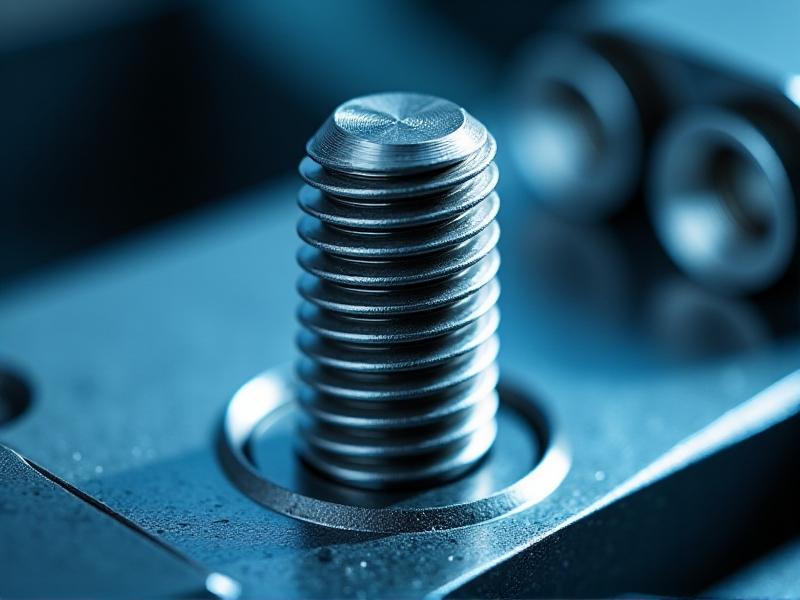
Common Threats to Screw Thread Longevity
Corrosion, physical wear, and improper handling are primary enemies of screw threads. Exposure to moisture, road salts, or chemicals accelerates oxidation, leading to rust that weakens metal. Over-tightening strips threads, while under-tightening allows micro-movements that grind surfaces. Vibration-induced loosening is another silent threat, gradually eroding thread engagement. Contaminants like dirt or metal shavings act as abrasives, wearing down ridges. Even temperature fluctuations cause expansion and contraction, loosening connections. Identifying these risks early is key to preventing irreversible damage and ensuring threads withstand operational demands.
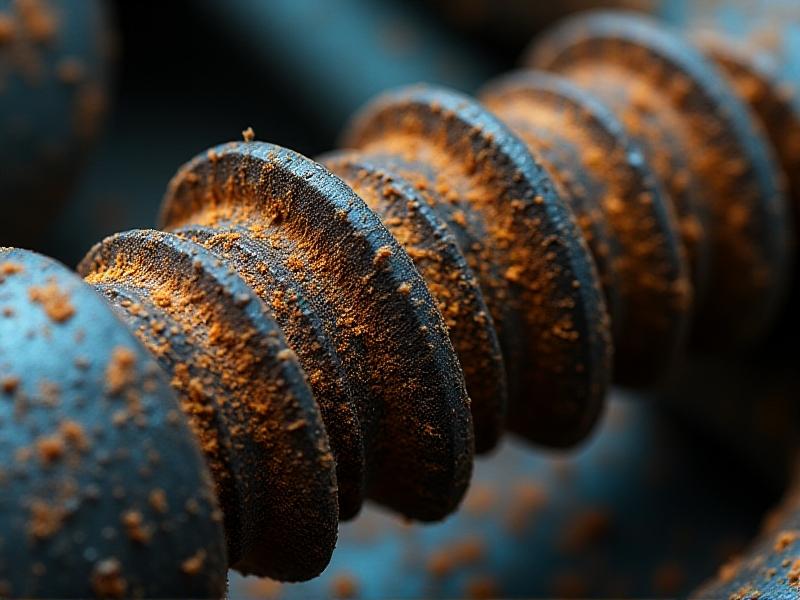
Materials and Coatings for Enhanced Preservation
Choosing the right material is the first line of defense. Stainless steel resists corrosion, while titanium alloys offer strength-to-weight advantages. Coatings amplify protection: zinc-nickel electroplating creates a sacrificial barrier, ceramic coatings withstand extreme heat, and polymer-based solutions repel moisture. Anodizing aluminum threads enhances surface hardness. Innovations like Dacromet—a water-based coating with zinc and aluminum flakes—provide multi-layered defense. These material choices, paired with advanced coatings, form a robust shield against wear and environmental assault.

Lubrication Techniques for Optimal Performance
Lubricants reduce friction during installation and operation, preventing galling and seizing. Anti-seize compounds—often graphite or copper-based—create slick surfaces that resist corrosion. Threadlockers secure fasteners in high-vibration zones, with varying strengths for permanent or adjustable bonds. Silicone greases repel water, ideal for marine environments. Proper application is crucial: too little leaves threads vulnerable, while excess lubricant attracts debris. Temperature-specific formulations ensure performance under extremes, making lubrication a strategic ally in preservation.
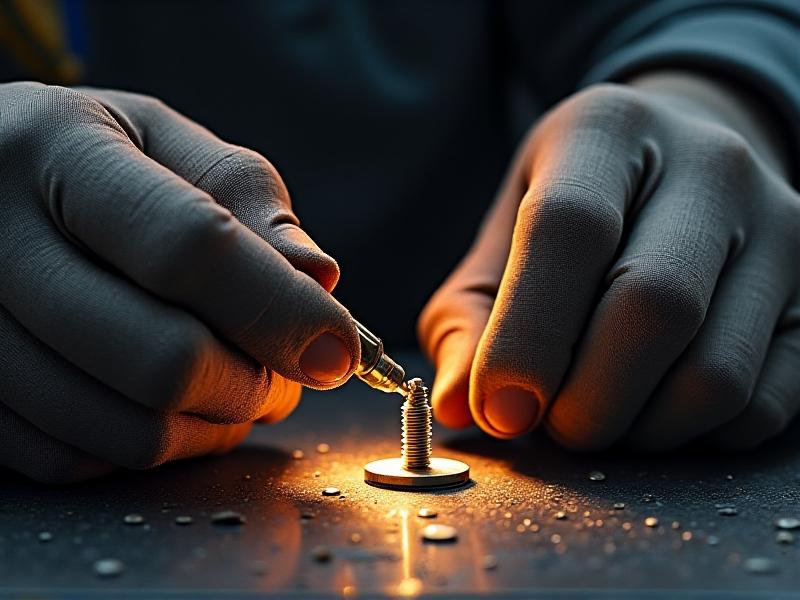
Inspection Tools and Maintenance Protocols
Regular inspections catch issues before they escalate. Thread gauges measure pitch and depth deviations, while borescopes inspect hard-to-reach areas. Ultrasonic testers detect subsurface cracks. Maintenance schedules should include cleaning threads with nylon brushes, reapplying lubricants, and torque rechecks. Digital torque wrenches log data for predictive analytics, flagging anomalies. Proactive maintenance transforms thread care from reactive fixes to a science-driven strategy.
Impact of Environmental Factors on Thread Durability
Humidity, salt spray, and temperature extremes test thread resilience. Coastal environments accelerate chloride-induced corrosion, while Arctic cold embrittles metals. Solutions include hermetic seals for moisture exclusion, thermal-resistant coatings, and sacrificial anodes in marine applications. Understanding operational climates allows for tailored preservation strategies, blending material science with environmental awareness.
Industry-Specific Applications and Challenges
Aerospace demands lightweight titanium with dry-film lubricants; automotive prioritizes cost-effective zinc coatings. Marine industries favor silicone bronze alloys. Each sector’s unique stressors—jet fuel exposure, road salts, or saltwater—dictate customized approaches. Cross-industry knowledge sharing drives innovation, adapting solutions like aerospace-grade coatings for consumer vehicles.
Innovations in Thread Preservation Technology
Laser-clad coatings deposit micron-thick protective layers without heat distortion. Smart screws with embedded sensors monitor tension and corrosion in real-time. Self-healing polymers fill micro-cracks upon exposure to air. These advancements merge preservation with predictive maintenance, revolutionizing traditional practices.
Best Practices for Installation and Retightening
Calibrated torque wrenches prevent over-tightening. Clean threads ensure accurate torque readings. Retightening after initial settling accounts for material compression. Training installers on ISO standards reduces human error, turning installation into a repeatable art.
Case Studies: Lessons from Real-World Scenarios
A European automaker reduced warranty claims by 40% after switching to ceramic-coated screws. A wind turbine manufacturer eliminated thread seizures in Arctic installations using graphite lubricants. These examples prove that targeted preservation strategies yield measurable ROI.
